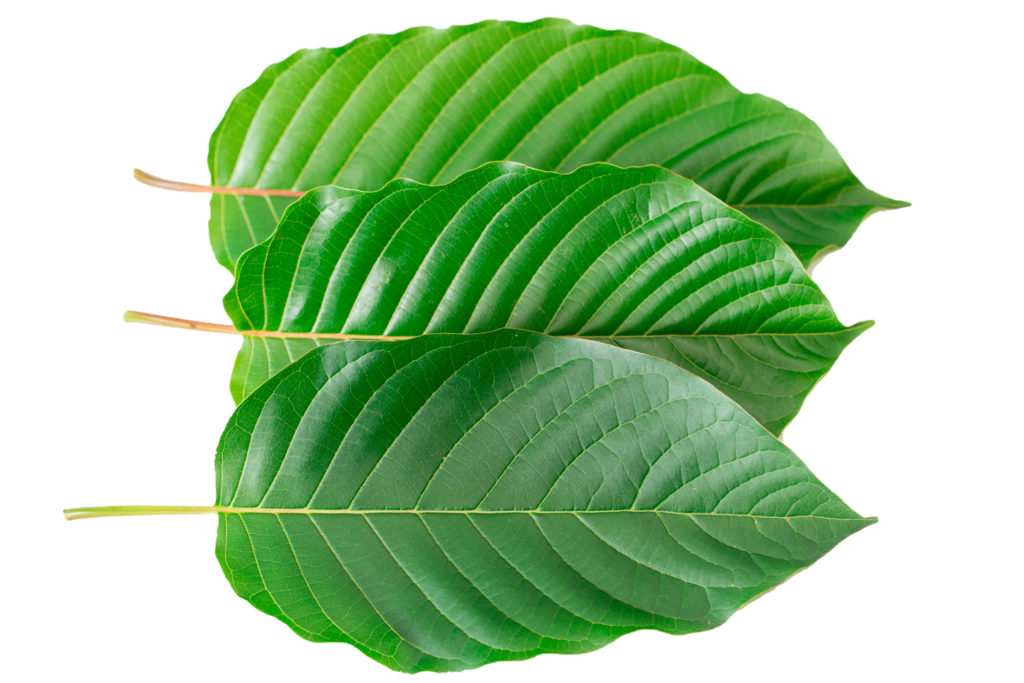
Kratom, also known as Mitragyna speciosa, is a tropical tree native to Southeast Asia, specifically Thailand, Indonesia, and Malaysia. It has been used for centuries in traditional medicine as a natural painkiller and as a way to boost energy and endurance. In recent years, it has gained popularity in the Western world as a supplement for a variety of purposes, including managing pain, relieving anxiety, and aiding in addiction recovery.
The kratom tree is a member of the coffee family and can grow up to 82 feet tall. It has glossy, green leaves that contain the active alkaloids that provide the plant’s medicinal properties. The leaves can be consumed fresh or dried and ground into a powder form, which is most commonly used in the Western world.
Kratom’s popularity in Southeast Asia dates back to the 19th century when it was used as a natural alternative to opium. It was also used as a natural stimulant to increase energy and endurance for manual labor, such as farming and construction. In Thailand, it was even used as a replacement for alcohol, which was taxed heavily by the government.
However, despite its traditional use, kratom has faced controversy in some countries. In 1943, Thailand banned the sale and possession of kratom due to its perceived potential for abuse. This ban was later lifted in 1979 due to lobbying by farmers who relied on the plant as a source of income.
In the United States, kratom is not a controlled substance and is legal in most states. However, it has faced scrutiny from the Food and Drug Administration (FDA) due to concerns about its safety and potential for abuse. In 2016, the Drug Enforcement Administration (DEA) attempted to place kratom on the list of Schedule I controlled substances, but later withdrew the proposal due to backlash from advocates and researchers.
Despite the controversy surrounding kratom, it has gained a dedicated following in the Western world for its potential health benefits. In addition to its traditional use as a painkiller and stimulant, kratom is also used to treat symptoms of opioid withdrawal and as a natural alternative to prescription anxiety medication. It is also believed to have anti-inflammatory properties and has been used to treat conditions such as arthritis and chronic pain.
The popularity of kratom has led to an increase in cultivation and production in Southeast Asia. The majority of kratom is grown in Indonesia, with Thailand and Malaysia also being major producers. These countries have implemented regulations and guidelines for kratom cultivation to ensure the quality and safety of the product.
In the United States, kratom is primarily imported from Southeast Asia and is sold in a variety of forms, including capsules, powders, and extracts. It is often sold online or in specialty stores that focus on natural remedies and supplements.
Despite its potential benefits, it is important to note that kratom is not regulated by the FDA and there is limited research on its safety and effectiveness. While it is generally considered safe when used in moderate amounts, there have been reports of negative side effects, including nausea, vomiting, and dizziness. There have also been cases of kratom being laced with other substances, which can be potentially dangerous.
It is important to do your own research and consult with a healthcare professional before considering the use of kratom. While it does have potential benefits, it is not a replacement for traditional medical treatment and should be used with caution.